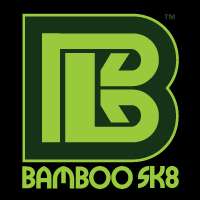When manufacturing products, many people do not realize how much was thrown away, in order to create that product. For example, in manufacturing clothing, much of the excess leftover fabric is simply thrown in the trash after the final piece of clothing is made. However, one company is breaking that cycle by sending a message of sustainability and creating a product with zero waste.
Rickshaw Bagworks is a company located in San Francisco that produces messenger bags that are designed to eliminate wasted material. The bags are hand crafted and are made from post consumer material from U.S companies. The fabrics used in manufacturing are recycled fabrics made with recycled beverage bottles. What’s unique about this company is that even leftover scraps from production are used in the bag’s design, such as for pockets, lining, etc. and even shipping. Nothing is wasted.
Mark Dwight, the founder of Rickshaw Bagworks, began with an idea to create a less wasteful and sustainable bag, and so he designed the Zero messenger bag with zero manufacturing waste in mind. The Zero bags are fully functional with an easy adjustable strap. The bags have a sleek, streamline shape and are available in four different sizes. Mark Dwight has created a successful design that sends the message of sustainability and zero waste.







